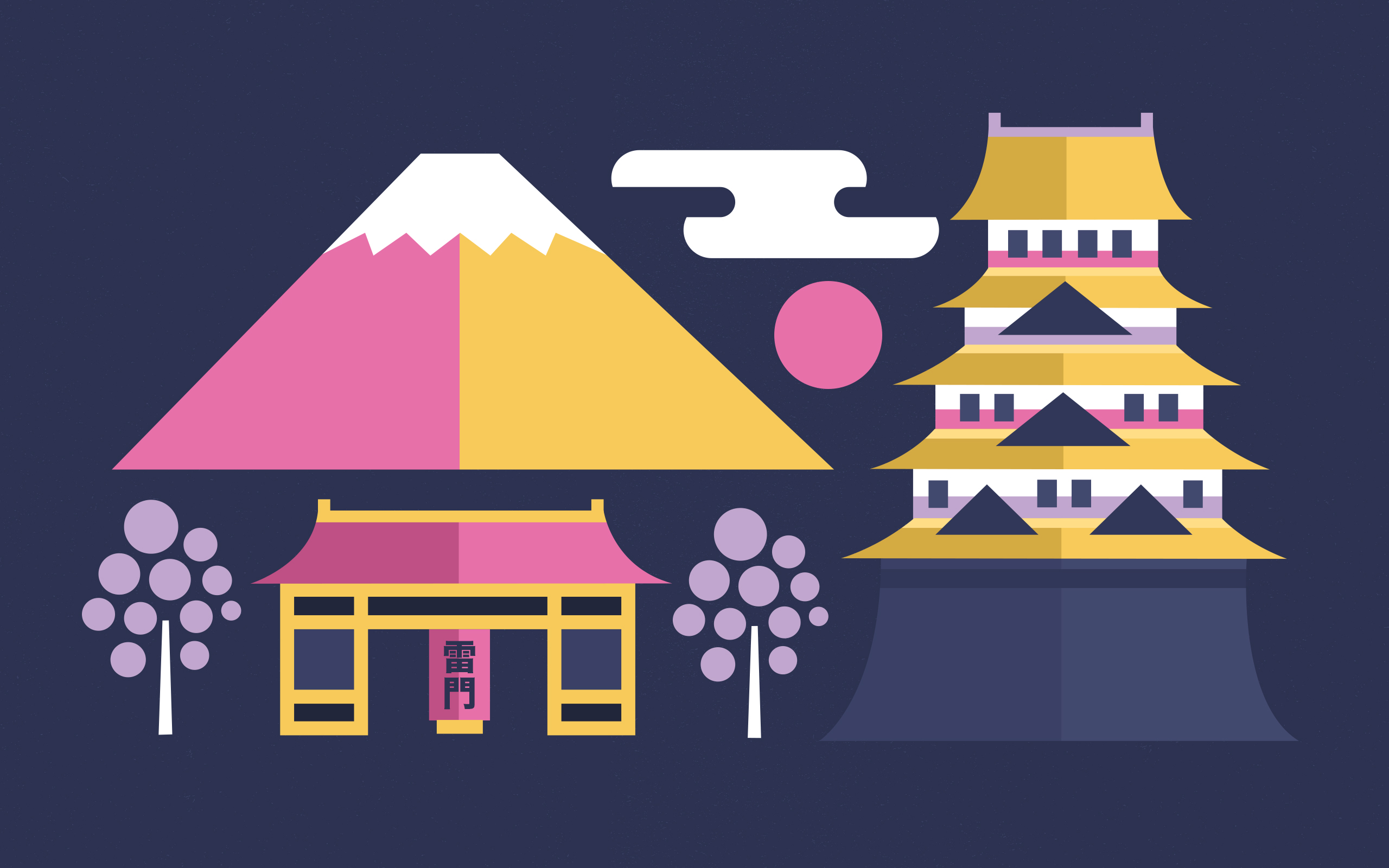Traveling to a new place has its own sort of bucket list, full of foods you insist you will try, mountains you're desperate to climb, and buildings you yearn to see. Sometimes these bucket list entries are personal — the place your birth parents lived or the subject of a less-famous Ukiyo-e print. But for the most part, travelers abroad go to see something big—something that epitomizes "THAT PLACE".
In this article, I'll talk about Edo Castle, the NPO (non-profit organization) that wants to rebuild it, and what some people in Japan think about it. Then I'll share some of my ideas for Japan's "THAT PLACE."
Is Edo Castle the symbol of Japan?
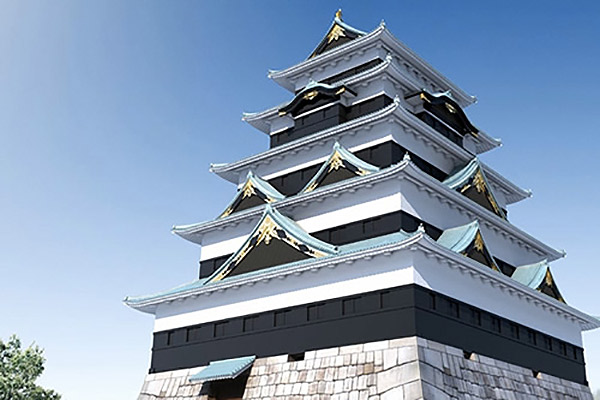
You've probably heard that Tokyo will be hosting the 2020 Olympics. Naturally, the Olympics will provide an excellent tourism opportunity for the island country, and one organization is hoping to use 2020 as a grand unveiling of their project: The NPO江戸城再建 (Rebuilding Edo Castle NPO) aims to garner enough consensus and financial backing to rebuild what used to be the tallest part of the former Edo castle city-compound.
To get an idea of how big this area was, visit this fascinating page at JCastle. Edo Castle's outer moat stretched 15 km, while the inner moat was 5 km long. Without stopping for anything, it'd take you about 3 hours to walk the outer moat and 1 hour for the inner one.
Modern-day Tokyo does not have a castle. There's the Imperial Palace in Chiyoda ward where the royal family lives. There's a moat and a kind of mini-castle called the Fujimi-yagura. But neither of these are a castle fortress like Nagoya or Osaka's, and those behemoths are only around half the height of Edo-jo's tallest tower.
Like a lot of historic places in Japan, the original Edo-jo location didn't change as much as the important buildings themselves did. Edo was established in the 11th century, but it wasn't until 1457 that the place got a proper compound and was called a "castle." This Edo-jo landed in the lap of Tokugawa Ieyasu. Ever ambitious, he devised a large-scale expansion of Edo which included a 59 m. high donjon (central tower). It got built, alright. And then was destroyed, and rebuilt, and destroyed, and rebuilt, and destroyed one last time in the 1657 Meireki Fire. It is said that when the flames spread from the donjon to the surrounding Edo urbanity, 100,000 people died — a fifth of Edo's population.

Rebuilding the Castle
According to the NPO's website, after the fire, the shogun's half-uncle insisted that "Giving relief to the disaster victims and to rebuilding the districts of Edo come first. So forget the tower." But the shogun and others were so prepared and ready to fund a third rebuilding of the tower that they managed to reconstruct the stone base before coming around to their senses.
And that was it. The tower didn't get rebuilt. It had stood, then fallen, rinse and repeat, for a mere 50 years of the shogunate's 250 year government. So then why does this NPO, founded in 2004, want to rebuild this unlucky central turret?
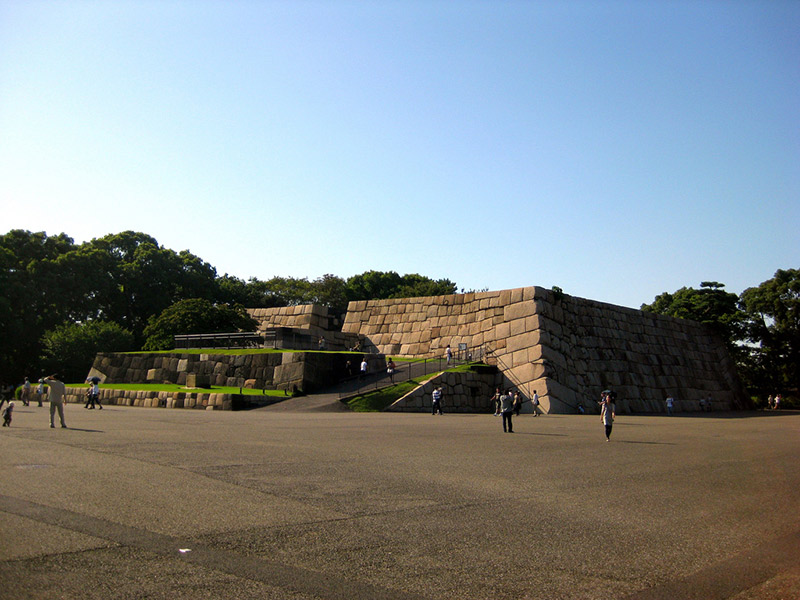
They assert that Edo-jo is necessary to "give future Japanese a historical legacy that is representative of Japan's traditional and unique spirit" and which would attract visitors from around the world "with its charm and vibrancy". They argue that currently, tourists mostly come through Tokyo, but when they do, all they get to see is Asakusa or Akiba, "And that's a little sad, isn't it?" The really cool stuff is all at a distance from the metropolitan hub.
Their plan is to rebuild a historically accurate 6-floor citadel on the same old pedestal that never got a purpose (except distressing OCD tourists with its mis-matched bricks). The costs would be around 40-50 billion yen (400-500 million USD), and would have to get special permissions for: 1) being such a tall wooden structure, 2) looming over the residence of the imperial family, and 3) being rebuilt on the yet-untouched, unexcavated pedestal remains.
Japan's Thoughts on Edo-jo
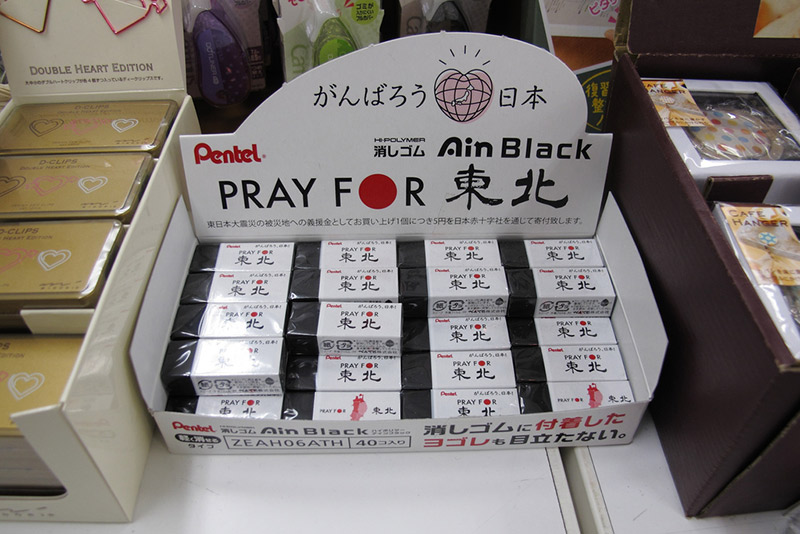
Though the NPO has existed for nearly ten years, in the wake of the recent Olympics news, an Asahi Shinbun article described the Rebuild NPO Project. Japanese responses were various. Let's start with one that will give you Deja Vu (remember the shogun's uncle?) :
- 「そんな無駄金あったら震災復興に使えよ」
- "If you've got that kind of money to waste, then use it for the recovery of disaster-struck areas." — Anonymous
Move on to those concerned about taxes:
- 「寄付だけでやるなら反対はしない。税金は一切使うなよ!」
- "If they do it solely on donations, then I have nothing against it. But don't you dare use a penny of my tax!" — Anonymous
Stop at the dream door:
- 「…東京に江戸城とかカッコヨクね?え。なんでみんな批判てきなんだろう。めっちゃカッコイイじゃん。たぶん、超みんな行くと思う。おれ、めっちゃ行きたいもん。」
- "…Wouldn't it be cool to have an Edo castle in Tokyo? I wonder why everyone's criticizing it. It'd be so awesome. I bet literally everyone would – I would definitely want to go." — Takuya Sebec Kawamura
And stare down the dream-crusher:
- 「バッキンガム宮殿、紫禁城、凱旋門。全部本物。東京には歴史的ランドマークがないことを痛感自国の歴史に無知なだけ。東京の事をまともに知らない人間が外国で日本を売り込もうとするから恥をかくのだよ。そもそもレプリカ造って「歴史的」ランドマークだなんてありえないでしょ?」
- "Buckingham Palace, Beijing's Former Palace, The Arc de Triomphe – they're all the original thing. The people who feel that Tokyo doesn't have a historical landmark are just ignorant of their own country's history. The people who flat out don't know anything about Tokyo are those in other countries. Coming from a platform of "Let's make Japan into a market for them" is embarassing. And anyway, it'd be ridiculous to build a replica of a landmark and call it 'hisorical'." — Mahito Kanayama
Country without a Monument?
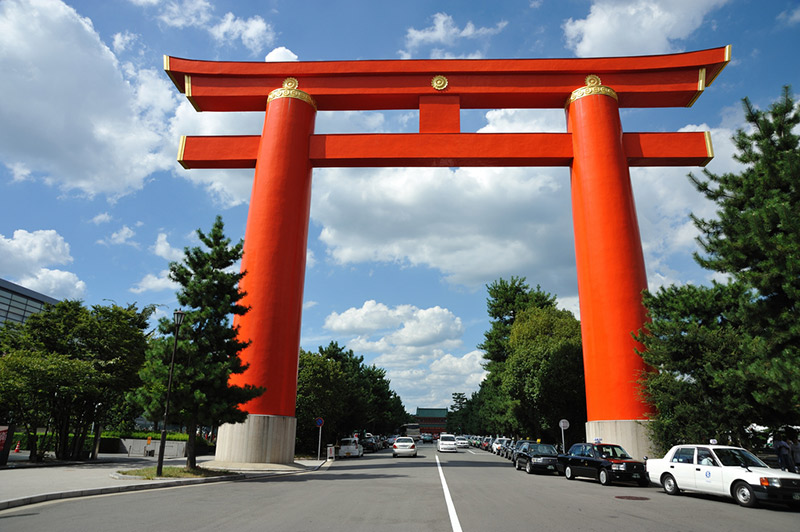
A country of earthquakes, monsoons, fires, and constant humidity is naturally a country where frequent reconstruction is built into even the most admired landmarks (e.g., Ise Jingu, home of Amaterasu and the Yata Mirror). But here are three things that could be symbolic and monumental for Japan with no cost, just a bit of marketing elbow grease, and without straying much from Tokyo.
Tenshu-dai
It's possible that the "Rebuild Edo-jo" folks are onto something. Maybe the remains of the tower, the Tenshu-dai pedestal itself, should be Japan's symbol. You might think that sounds stupid, as if I'm suggesting your unfinished porch should become the logo for a new restaurant or something. But reconsider the history of the Edo donjon: the third time people thought about rebuilding the tower, somebody said "Let's put that gold where it'll count," and what's more, the shogun listened. The shogun and the rich folk took care of their town. Edo grew bigger. Edo became Tokyo, and all without that looming tower as part of its identity.
Sometimes its the negative space that's important. To quote Thoreau: "If you have built castles in the air, your work need not be lost; that is where they should be. Now put the foundations under them". Standing on the spot where the shogun's power-tower used to be, you can gaze unhindered towards the sky and dream. How's that for a symbol of Japan?
Mount Fuji
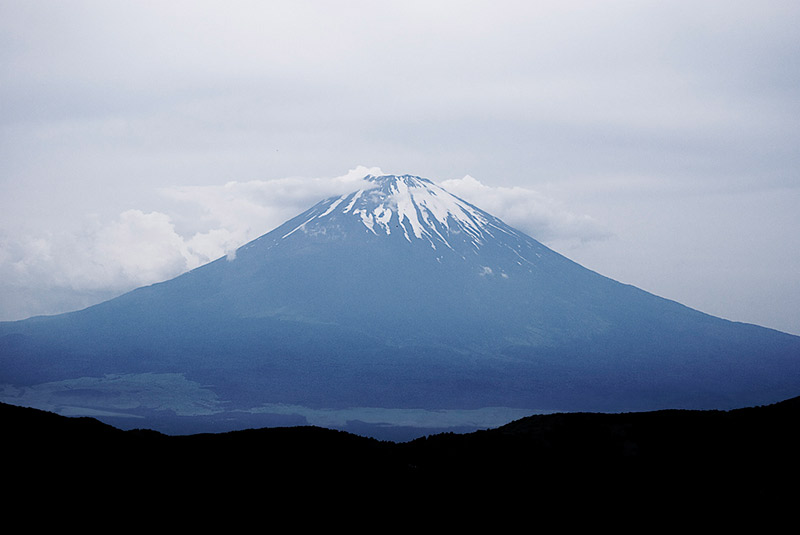
Without Googling, can you think of a monument in Somalia, in Argentina, or even in Canada? If you're from those places, it might be easy. But if you aren't, it becomes clearer what the NPO for Rebuilding Edo-jo is going for: international recognition. Paris' Eiffel Tower and Moscow's Kremlin seem very representative of those cities, their culture, and are literally big things to visit.
Comparing those monuments to spots in Tokyo does make me wonder what Japan's centrally-located monument could be. Of course, finding something super historical, big, and impressive is a tad difficult considering not much of those things survived the WWII Tokyo Air Raids.
Except, you know, Mt. Fuji. That survived the war. It happens to be the subject of hundreds of Ukiyo-e prints and is surrounded by beautiful tea-farming, lake-dotted countryside. It's not in Tokyo, though, and it isn't open all year for hiking. Furthermore, with all the international visitors to Mt. Fuji, apparently some invasive flora has found its way to Mt. Fuji's ecosystem. Yet, if Tokyo looked closely at the mountain's naturally grown reputation and also its efforts to chisel more tourism, surely they would build a plan for how to stack a Tokyo landmark up to Fuji's height.
Asakusa
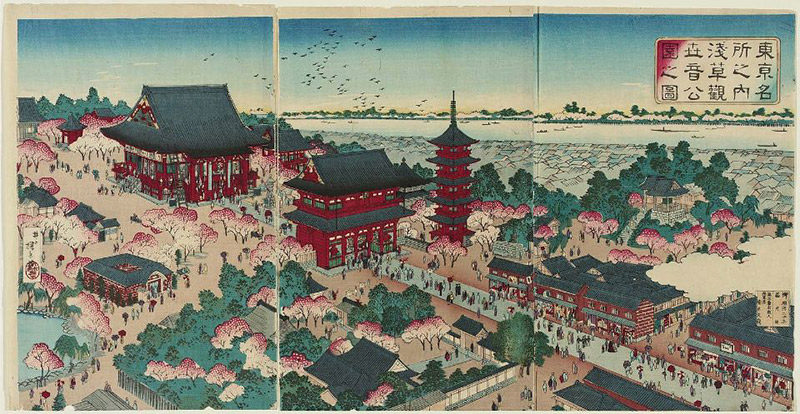
With skillful marketing, Asakusa's Senso-ji-area could easily be made into that building-sillhouette or camera zoom that screams "Japan" and makes obaachans proud. Asakusa began as a fishing village, then got famous when two fisherman dragged a golden Bodhisattva from the river. They built Senso-ji, a temple, to honor the Kanon Bodhisattva and people came from everywhere to see. Later, a shrine was made to honor those two fisherman. Asakusa transformed, much the way Edo-jo did, from humble beginnings into something incredible. Asakusa also had a hip-cool-Shibuya kind of phase, but now, with a five-story pagoda, a temple, a shrine, a marketplace, and a giant lantern at the Kaminari-mon, Asakusa is as much a tourist destination for Japanese citizens as it is for international visitors.
This is despite the fact that most of its buildings (e.g., Senso-ji, the lantern, etc.) are not original. Various fires, plus the WWII Tokyo Air Raids, destroyed many cultural landmarks here, but Asakusa meant enough to be rebuilt. For comparison, unlike the gigantic Edo Tower, Asakusa's gate has been at the same spot, with more or less the same features despite multiple reconstructions, for about 400 years. If it's good enough to make some famous Ukiyo-e artists depict it, it's right up there with Fuji in being a monument of Japan. If Tokyo capitalized on the Kaminari-mon and its lantern, the symbolism would be on par with the Olympics' torch lighting the way for some cross-cultural, cross-generational bonding. Due to its long history, the lantern as a symbol could be picked up by both the younger folks and the older generation in Japan.
So What's Japan's Symbol?
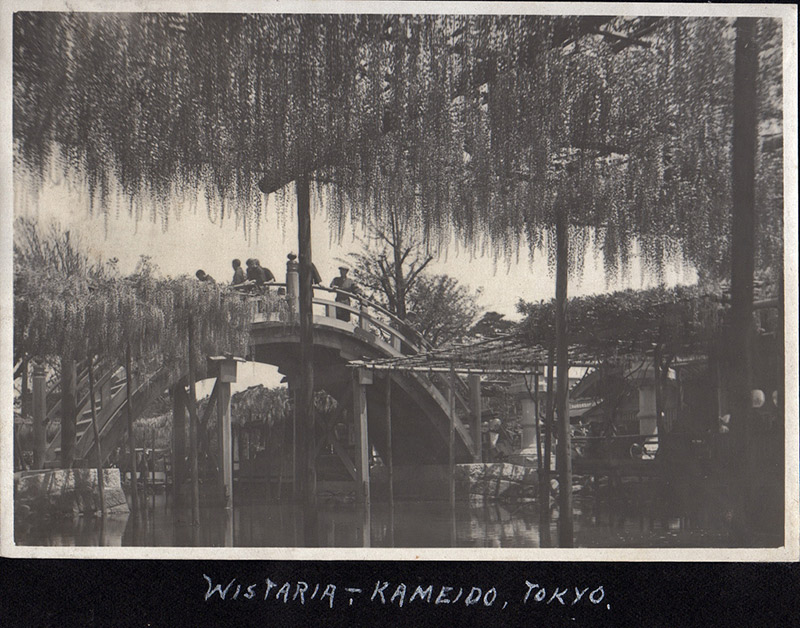
When I went to Japan, I didn't know about any landmarks aside from Tsukiji Fish Market and Mt. Fuji. My bucket-list destination revealed itself after hours of Ukiyo-e research for a class: the Kameido Tenjin Jinja taiko bridge. It's just a red bridge that used to be so circular that it was dangerous. Now it has steps so it doesn't even look that drum-like, but it was still quixotic to stand there, looking at all the skyscrapers, looking at those stupid helper-steps (I can handle a slope!), and imagine what it was like from those Ukiyo-e I'd seen of the exact spot I was standing.
We find symbols in the smallest and simplest things, so while it might be helpful for Japan's economy to market one, which one is still clearly a debate. Whether you fall into the Edo-jo or the Edo-_no_ camp, I hope I've helped you think a little bit about Japan's historical monuments. And even if you've never taken a marketing class, I want to hear what you think could be 'that symbol' and why you think so.
There are a lot of symbols, so we made you another symbol-filled wallpaper! Enjoy!
